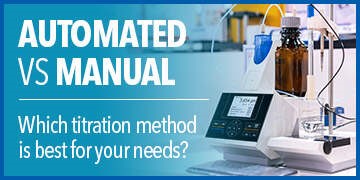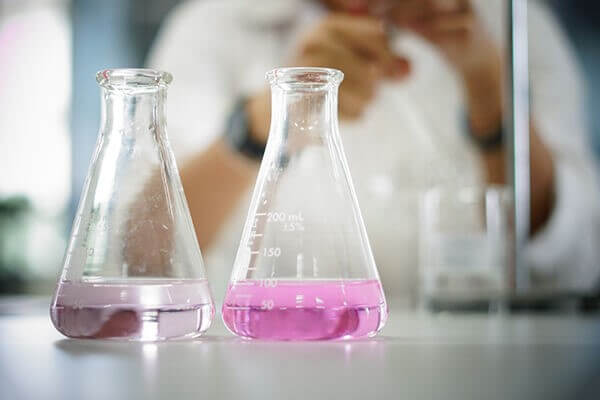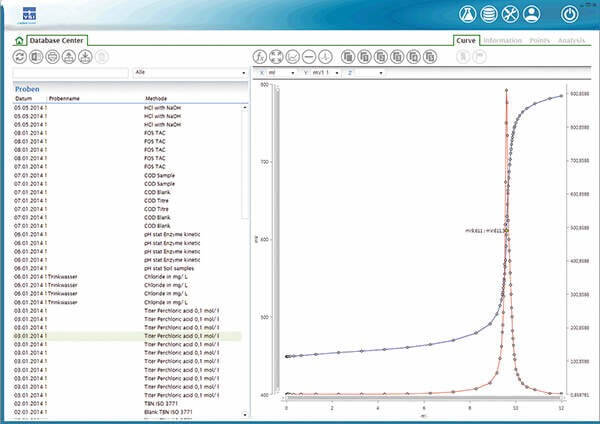Which is Better - Manual or Automated Titration?
Just 40% of labs use automated titration currently and if automation has been constantly shown to be the superior solution, persuading those in your business to see the advantages may be difficult. It is important to consider the basic philosophy of how titrations function before breaking down the functionality of manual and automated titration.

What is the meaning of Titration?
Titration is a chemical analysis method for determining the amount of a solution in a sample by gradually applying a known quantity of another substance (called a titrant) to the measured sample with which the target constituent interacts in a definite, known proportion.
Titration 101
Titrimetry (volumetric analysis, also known as titration) was introduced as a chemical analysis technique in the 18th century, followed by the first use of glass burettes in 1890. This has helped scientists to create a wide range of titrations that can be used in numerous applications.
If you are doing a manual or automated titration, the fundamentals of titration remain the same.
- Titration refers to a category of analytical approaches that are focused on determining the amount of a reagent of a known concentration that is needed to fully react with the analyte. The reagent may be a normal chemical solution or a known magnitude electric current.
- A standard solution (also known as a standard titrant) is a reagent with a known concentration that is used to carry out a titrimetric analysis.
- A titration is completed when a precisely identifiable endpoint or equivalence point is met.
Manual Titrations
Because of their perceived low cost and convenience, manual titrations have remained common in the industry. To perform a manual titration, it is necessary to have a Class A glass burette, standardised titrant, a sample, a colour indicator, and a person to perform the task. However, only a trained technician can execute this procedure and provide precise and reproducible outcomes. These skills require advanced academic training and/or on the job training.
Manual titrations and have a number of advantages, including low initial costs, which is why 60% of labs use them. Manual titration is perhaps the best option if your application is simple and accuracy/reliability are not a major concern.
As the pH rises, phenolphthalein, a common indicator, turns various shades of pink. Depending on how they perceived the colour “pink”, one person can call the endpoint sooner or later. This method of basic titration is very popular in high school and college chemistry classes, and it illustrates one of the most important problems with manual titration: the operator.

Manual titration depends on a number of human factors to ensure accurate and consistent results. The consistency of your analysis is directly influenced by transcription, maintaining/cleaning, and sample preparation. Overuse of analyte, or over titration are other latent costs of manual titration.
Automated Titrations
Despite the higher initial cost, there are a number of important factors that will drive a user to choose an automated solution. Although manual titration is still used 60% of the time, automated titration is gaining traction due to several main benefits. A fully automated system improves accuracy, repeatability, reliability, and traceability while also meeting regulatory standards and saving time for employees.
Improved accuracy and repeatability
Automated titration doses titrant in incredibly limited intervals using a motor-driven piston burette (ex: 0.001 mL). To ensure accuracy and reproducibility during manufacturing, the piston burettes are tested to the ISO 8655.

Data based detection of end-equivalence point
Instead of depending on a technician to see a colour change from a colour indicator, automated titration relies on electrochemical measurements from your chosen electrode.

Inflection Point and Equivalence Point with a Suitable Indicator.
Reliable traceability of results
Both titration results can be traced using internal memory or connection to PC software. The results are transferred easily via a USB or the software connection. It is also possible to have complete audit trails with optional CFR compliant Titrosoft software.

Increased safety
Safety is enhanced thanks to the enclosed burette which removes shattered glassware and reduces the interaction with corrosive and potentially toxic titrants.
Gain valuable time
By removing the technician from repetitive and time-consuming manual titrations, automated titration helps them to complete more tasks in a day. The addition of autosamplers to high throughput facilities allows the automation of 40 or more samples at a time. While becoming an expert in manual titrations can take years, automated titration allows employees of any skill level can be quickly qualified to perform titrations.
Conclusion
Manual titrations are becoming increasingly redundant due to the improved efficacy and precision of automated instrumentation. Furthermore, as regulatory standards become more stringent and audits become more frequent, the expense of continuing to perform manual titrations will outweigh the cost of upgrading your lab to an automated system.
Want to know more?
For more information on Water Quality Products, contact our Sales Team today.
Contact us Today! |
